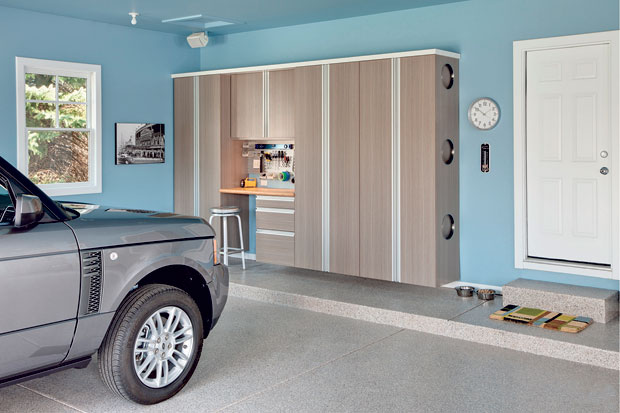Clear Things Up With Tips for Organizing
Spring has finally arrived, and it’s time to start spring-cleaning and evaluate and organize your storage needs.
The first thing you should do is to make a list of everything you want to store. This list will both help you determine how much storage space you need and ensure that nothing gets lost once you start putting things away.
Shelving creates more storage easily. It can be portable in the form of freestanding units or permanently attached to your walls. Easy-to-install, heavy-duty shelving can be purchased at just about any major home supply store. Many of these units are designed so that you can leave as much room between the shelves as you like, making it easy to get larger and smaller items onto the same unit.
One place for storing items you don’t use much is under the bed. Under-the-bed storage containers come in a variety of sizes and styles, including ones with wheels for easy access and to protect hardwood floors from scratches. You can also buy risers that elevate your bed off the floor a few additional inches to create more space.
Garage storage has become more efficient. You can purchase built-in storage cabinets with doors so the space looks clean and orderly. There are also modular systems that enable you to choose what features are best for your needs, for example, hanging racks for sports equipment and hooks for tools.

Most garages have pitched roofs to keep rainwater from collecting on top, and this space underneath is ideal for items you don’t use on a daily or weekly basis. Store them on platforms or racks that lower and raise either electronically at the touch of a button or with an easy-to-use pulley system.
In newer or renovated homes, a mud-room or drop zone is a very popular feature. This area often has built-in benches, hooks and bins to neatly tuck away jackets, gardening equipment and other items your family uses frequently. Another common feature is storage and charging stations for cell phones,
tablets and other electronic equipment.
For more information about home maintenance or design trends, visit nnahb.org for consumers or biahawaii.org.
Karen Nakamura is CEO of the Building Industry Association of Hawaii.